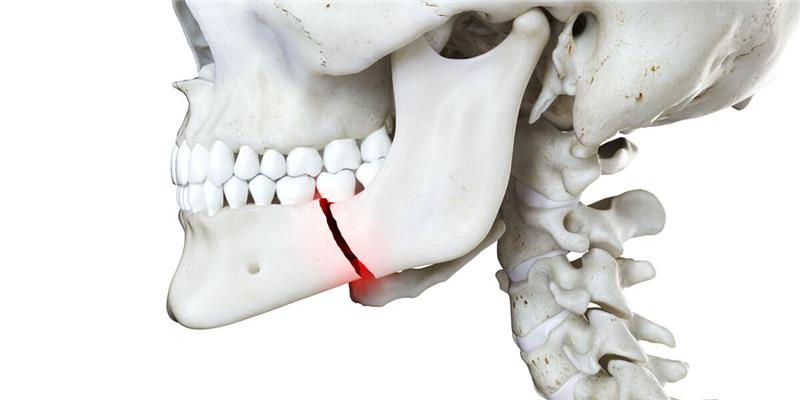Facial trauma is any injury to the face, from minor bruises to severe fractures. Knowing what is facial trauma and its impacts can help in recognizing and diagnosing facial trauma early. This guide covers why it happens, facial trauma symptoms, and how to manage and recover from it.
Causes, Symptoms, and Prevention of Facial Trauma
Facial trauma can occur unexpectedly and have varying effects on individuals. By understanding the different types of facial trauma and the myriad ways they can occur, we can keep ourselves safer and better prepared.
Common Causes of Facial Trauma
– Sports Injuries: Contact sports can lead to hits on the face, resulting in bruises or fractures. – Road Accidents: Collisions can cause sudden impact, leading to facial injuries. – Domestic Risks: Mishaps at home, such as falling, can cause facial harm.
Noticing Facial Trauma Symptoms
Recognizing facial trauma symptoms early on can lead to quicker treatment: – Pain: Immediate or persistent pain may suggest an injury. – Swelling: Swelling is a common sign of trauma on the face. – Bruising: Discoloration can be an indicator of underlying damage.
Prevention of Facial Trauma
Steps for prevention of facial trauma can make a huge difference: – Protective Gear: Use helmets or face shields in risky sports to safeguard the face. – Safe Environment: Keep living areas clear of obstacles to prevent falls.
Understanding these causes and symptoms is the first step in effective prevention of facial trauma. Awareness and preparedness can help reduce risks significantly.
Medical Interventions and Treatment Options for Facial Trauma
When accidents happen, knowing available facial trauma treatment options is crucial.
Initial Assessment and Diagnosis
Diagnosing facial trauma accurately is key. Doctors may use imaging techniques such as X-rays to see the injury clearly.
- X-rays: Reveal bone fractures or shifts in the facial structure.
- CT Scans: Offer detailed images for more serious injuries.
Surgical and Non-Surgical Treatments
Based on severity, treatments vary from conservative to extensive.
- Non-Surgical Options: Some minor injuries may heal with basic treatment like rest and medication.
- Facial Trauma Surgery: Severe cases might need surgery to realign bones or repair tissues.
Innovations in Facial Reconstruction
Medicine continues to advance, offering new solutions.
- Cutting-Edge Technologies: Innovations like 3D printing assist in precise facial reconstruction.
- Minimally Invasive Techniques: These techniques help in reducing scars and recovery time.
Knowing facial trauma treatment options gives a clearer picture of what might be needed for recovery. With today’s medical innovations, recovery is becoming more effective and efficient.
Post-Trauma Care and Recovery Process
Recovering from a facial injury takes time and care. Here’s what to expect during facial trauma recovery.
Immediate Post-Injury Care
After experiencing what is facial trauma, immediate care is vital.
- Medication: Following prescribed medication aids in pain relief and healing.
- Ice Packs: Reduce swelling when applied correctly.
Rehabilitation Techniques
Once the immediate phase is over, rehab becomes important.
- Facial Exercises: Gentle exercises can aid in restoring movement and function.
- Therapy: Physical or occupational therapy helps regain normal activities.
Emotional Recovery and Support
Don’t overlook the emotional side of healing.
- Counseling: Helps cope with the trauma’s psychological impacts.
- Community Support: Groups provide shared experiences and encouragement.
Understanding the whole facial trauma recovery process prepares individuals for what lies ahead after diagnosing facial trauma and starting treatment.
Conclusion
Understanding what is facial trauma is crucial for timely intervention and care. By addressing facial trauma symptoms and implementing prevention of facial trauma measures, you foster a safer environment. With quick responses and modern facial trauma surgery options, recovery is smoother today than ever before.
